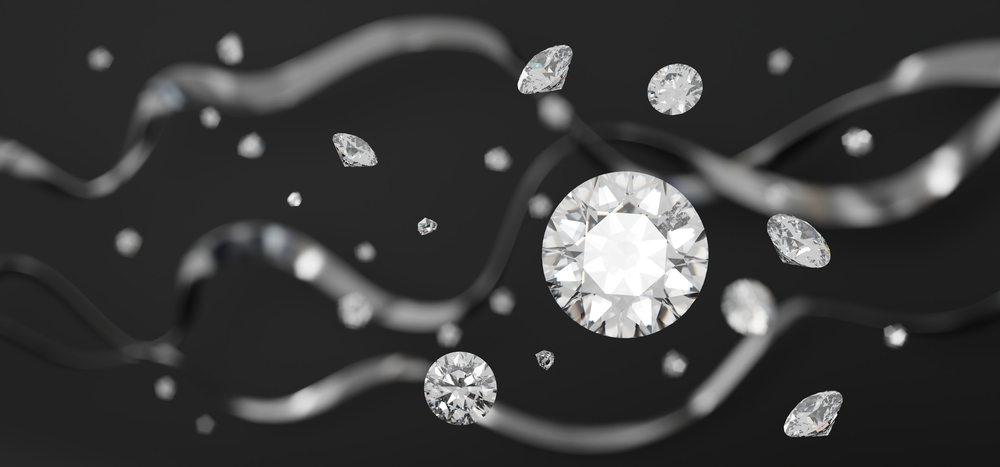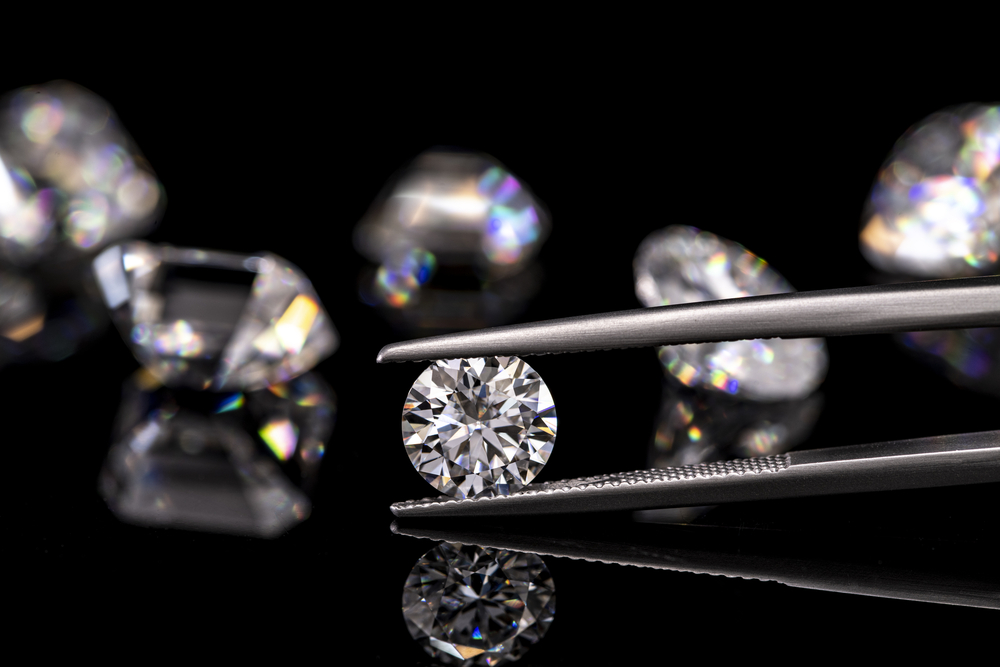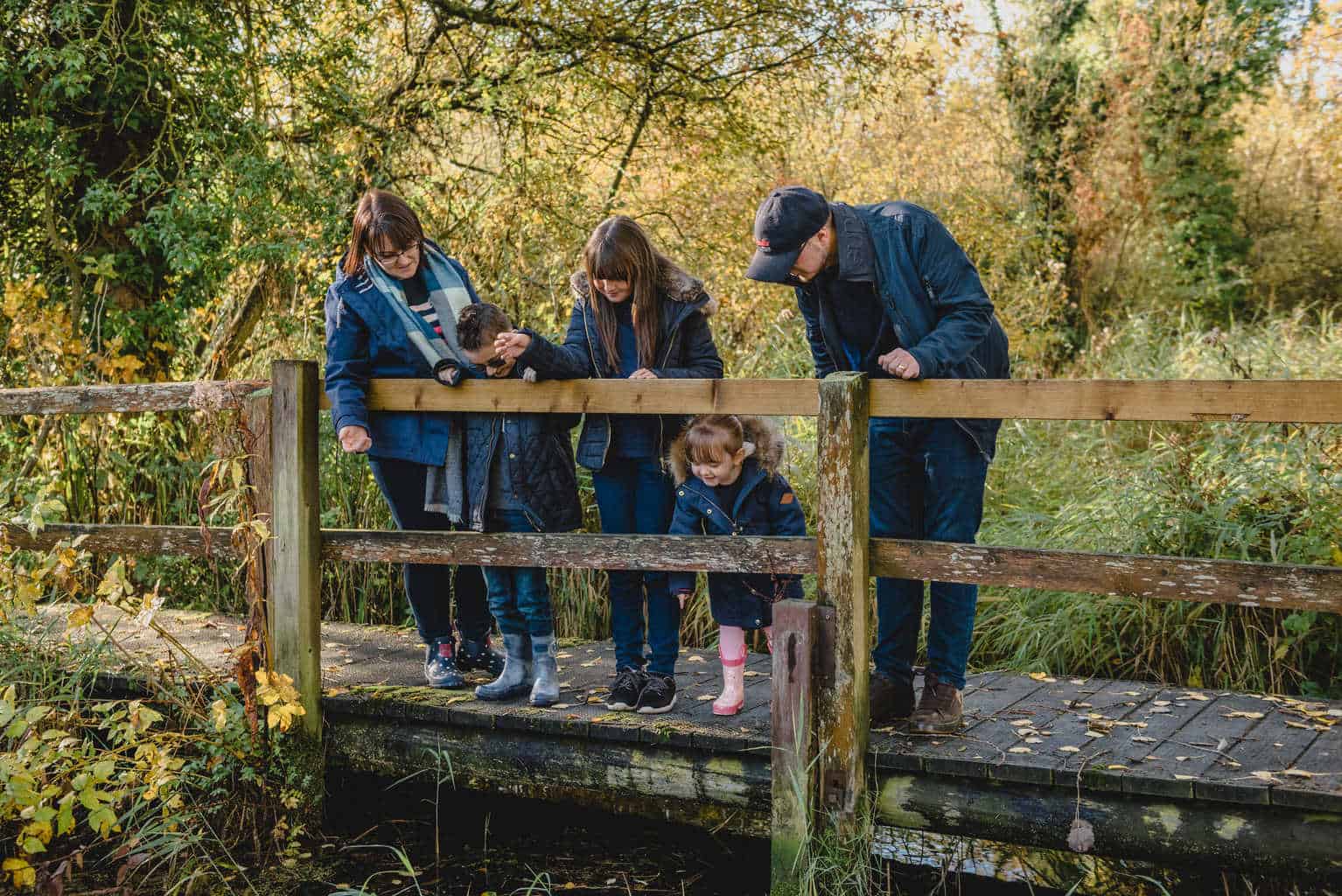Featured
When it comes to fine jewelry, diamonds have always held a special place in our hearts. Traditionally, these workers mine these precious stones from the depths of the earth, but recent technological advancements have allowed us to cultivate diamonds in a lab. These lab-grown diamonds have sparked a debate in the industry: are they a wise investment?
Does the fact that lab-grown diamonds aren’t technically natural make them less valuable? What about the environmental and ethical concerns surrounding diamond mining? While these are valid questions, it ultimately comes down to personal preference.
For those looking to sell jewelry in Orange, CA, or anywhere else, there is a market for both natural and lab-grown diamonds. It all depends on what the buyer wants and is willing to buy.
What Are Lab-Grown Diamonds?
We create lab-grown synthetic or cultured diamonds using high-pressure, high-temperature (HPHT), or chemical vapor deposition (CVD) methods. Let’s expand on these processes in a bit more detail:
- High-Pressure, High-Temperature: This method mimics the natural conditions for diamond formation in the earth’s mantle. Carbon is subjected to incredibly high temperatures and pressures, producing a diamond crystal.
- Chemical Vapor Deposition: This process involves growing a diamond layer-by-layer from carbon-rich gases in a vacuum chamber. It’s more efficient and precise than HPHT.
These lab-grown diamonds have the same physical, chemical, and optical properties as natural diamonds, making them indistinguishable to the naked eye. These techniques replicate the natural process of diamond formation, producing gems that are just as beautiful. Lab-grown diamonds are not “fake” or imitation diamonds but a more sustainable and ethical alternative to natural diamonds.

How Do They Differ From Naturally Mined Diamonds?
The primary difference between lab-grown and natural diamonds is how we make them. Diamonds are created through billions of years of natural processes, enduring extreme heat and pressure deep within the Earth. Lab-grown diamonds are created in a controlled environment in weeks or months. Think of it another way: one is nature’s creation, while the other is a product of human ingenuity.
While lab-grown diamonds have the same physical and chemical properties as natural diamonds, they lack the significant history and rarity that make natural diamonds valuable. Natural diamonds form under unique conditions that create unparalleled beauty and durability masterpieces, making them more coveted by collectors and investors.
Determining Whether a Diamond is Lab-Grown or Natural
Advanced technologies have made it increasingly difficult to distinguish between lab-grown and natural diamonds. However, specialized equipment used by gemological laboratories can detect slight differences in trace elements and crystal growth. If you want to be sure whether a diamond is grown in a lab, you should get it tested in a gemological lab.
Scientists and graders at laboratories like GIA utilize advanced instruments to analyze multiple facets of diamonds. They look at diamond strain patterns, trace element composition, inclusions, fluorescence, and phosphorescence. All of this helps to distinguish laboratory-grown diamonds from natural ones.
These factors differ because laboratory-grown and natural diamonds form under vastly different conditions.
How Can Anyone Evaluate Diamonds Accurately?
When you examine a lab-grown diamond, it undergoes evaluation to determine its origin and quality. Graders assess these diamonds using the 4Cs, a widely recognized evaluation standard. The 4Cs are:
- Carat Weight: We weigh diamonds in metric carats, with one carat weighing 0.2 grams.
- Color: Graders determine a diamond’s color by comparing it to master stones of known color values. The less color present in the diamond, the higher its value.
- Clarity: Clarity measures a diamond’s freedom from internal inclusions and surface blemishes. The fewer imperfections there are, the higher a diamond’s clarity grade.
- Cut: This refers to how well a diamond is proportioned, polished, and cut. A good cut allows light to reflect from one mirror-like facet to another and disperse through the top of the stone.
The report provides detailed specifications. It also mentions any post-growth treatments and includes a plot of clarity characteristics. Through advanced testing methods, scientists can determine how a diamond grew and whether any treatments were applied. To ensure consumer protection, diamonds are laser-inscribed with relevant information.
Benefits and Drawbacks of Lab-Grown and Natural Diamonds

Lab-Grown Diamonds
Benefits: Lab-grown diamonds are eco-friendly, require less energy, and create less waste than mining. They’re also conflict-free, ensuring ethical sourcing. Plus, they’re typically priced 20-40% less than natural diamonds of similar size and quality.
Drawbacks: The resale value of lab-grown diamonds is uncertain. Prices may continue to decrease as production technology improves and becomes more widespread.
Natural Diamonds
Benefits: Natural diamonds have a long history and hold significant emotional value. They tend to retain their value over time and can even appreciate it, making them a potential investment.
Drawbacks: Diamond mining has significant environmental impacts and has been linked to conflict in certain regions. Natural diamonds are also more expensive.
Current Trends in Consumer Demand for Diamond Jewelry
Consumers today are increasingly concerned about their purchases’ environmental and ethical implications. This shift in consumer behavior is driving demand for lab-grown diamonds. According to a report by Bain & Company, sales of lab-grown diamonds are expected to continue growing at a high rate.
Lab-grown diamonds have become a separate and more affordable jewelry category, with increased demand and decreased prices due to technological advancements and supply growth. The average retail price of polished lab-grown diamonds declined to 30%, and the average wholesale price dropped to 14% of natural diamond prices. This is a decrease from 35% and 20% in 2020, respectively.
Safety of Buying Lab-Grown Diamonds
Purchasing lab-grown diamonds is safe, provided you buy from a reputable dealer. Many established jewelers now offer lab-grown diamonds as an alternative to natural ones. It’s crucial to ensure that the diamonds come with a grading report from a reputable lab, like GIA or IGI.
This report guarantees the diamond’s authenticity and provides essential information about its quality. As a customer, you can request an independent appraisal of the diamond, which can also help verify its origin and value.

Your Trusted Jeweler in Orange, CA
As a full-service estate jewelry store in Orange, CA, we specialize in repairing and selling fine jewelry and watches. We pride ourselves on our commitment to quality, authenticity, and customer service. Whether you’re seeking a lab-grown diamond or a naturally mined one, we’re here to guide you every step of the way.
Whether lab-grown diamonds are a wise investment depends on your priorities. If you value sustainability and affordability, they could be a great choice. However, natural diamonds might be more suitable if you want a potential financial return.
Watch and Wares is your trusted source to sell jewelry in Orange, CA. Contact us today to schedule a consultation or visit our store to explore our stunning collection.
Image Credit: depositphotos.com






















